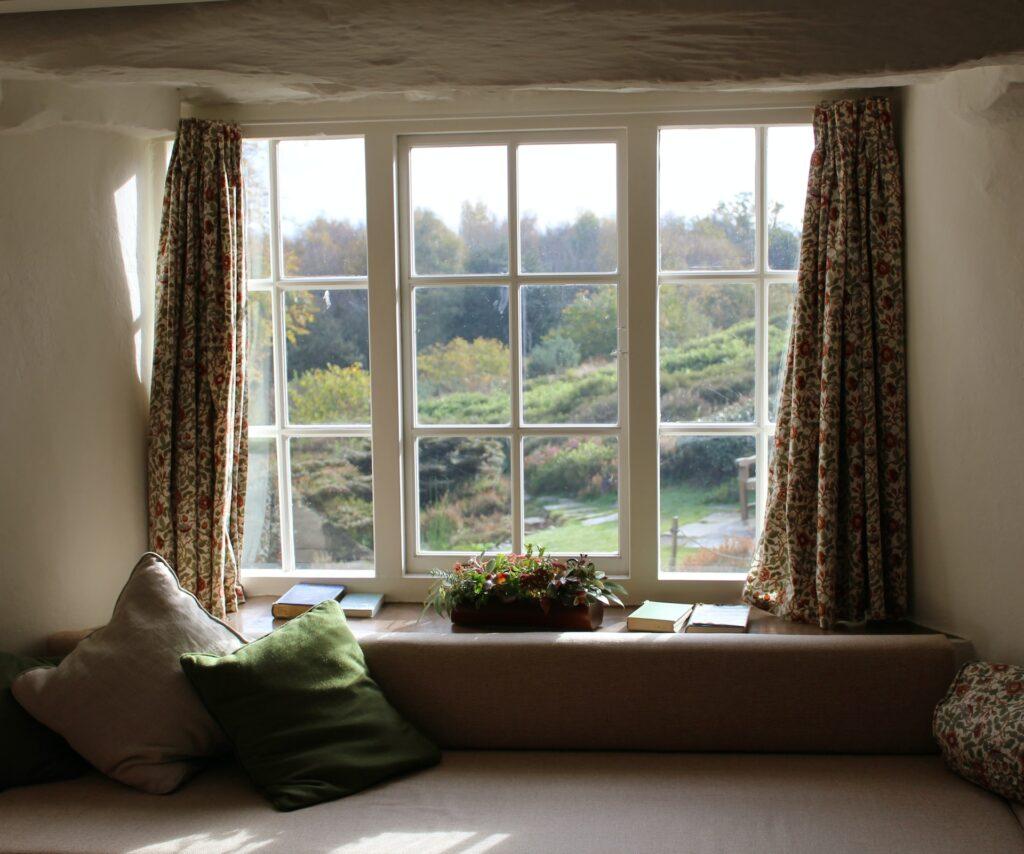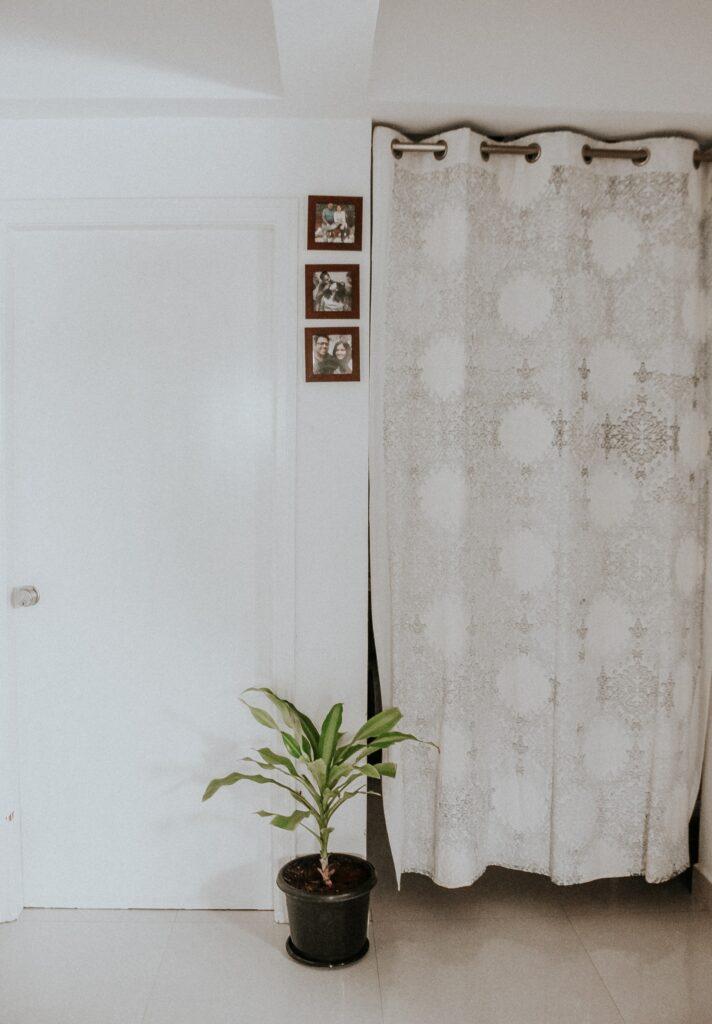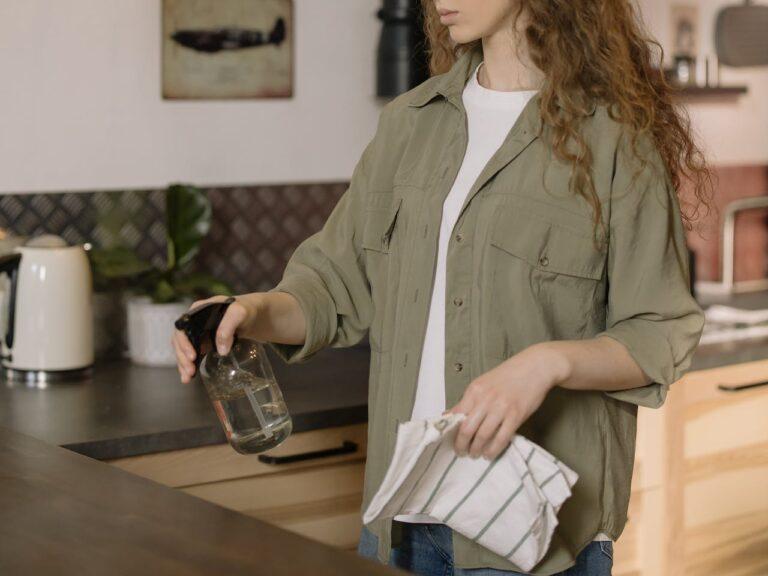Do Curtains Always Come In Pairs? (Answered)

When decorating walls, it is a worthy use of time and money to invest in curtains. They have aesthetic and functional purposes in a room, but at a significant cost because they are usually bundled together in pairs. This begs the question, do curtains always come in pairs?
More often than not, curtains do always come in pairs, but it is definitely possible to find curtains that are not always sold in pairs. In general, a single curtain panel is 44 inches, 66 inches, or 90 inches in width and 84 inches, 96 inches, or 108 inches in length. The average window panel is about 48 inches in width, which means that a single curtain panel could cover the average window frame.
The average home decor store doesn’t actually package the accessories and curtains that it sells.
What usually happens is that they acquire stock from a manufacturer or wholesaler, who usually packages curtains in pairs and sells them in bulk at a discounted rate to retailers.
Because they are aware of the fact that most homeowners prefer to use curtains in pairs, they cater to the larger market and bundle their curtain panels in pairs. However, depending on the retailer, you can find curtains sold as singular panels.
Table of Contents
The Reason Why Curtains Are Sold In Pairs

As much as it’s true that a single curtain panel is designed to cover the length and width of the average window panel, it’s not exactly recommended for aesthetic and practical reasons.
For one, you would have to pull the entire curtain open, and this would appear as a straight sheet of material hanging from your wall.
That’s not attractive or stylish.
Have you noticed that most curtains appear slightly folded or pleated? In fact, there are a number of different pleats used to style a curtain and they are follows:
- Ripple fold
- Tailored pleat
- Pinch pleat
- Inverted pleat
- Rod pocket
- Goblet
- Cubicle
- Grommet
By industry standards, this is how curtains are meant to be displayed on walls, especially when opened.
Another reason why it’s preferable to use curtains in pairs is because you can draw them to either side of the wall to allow more light into the room.
With a single curtain panel, you would be forced to draw it to one side of the wall or fold it down the center.
This will either inhibit the amount of light that enters your room or appear to look incomplete or weird.
Lastly, if they are bundled together, they can be cheaper.
As mentioned earlier, retailers buy their stock in bulk from wholesalers or manufacturers.
They get a discount for buying in large quantities, which allows them to price these pairs of curtains more competitively.
If they were to separate the curtain panels, as some stores do, they would have to raise the price for an individual curtain panel to make an adequate profit.
Even if they don’t have to do it, they choose to.
Can I Use Only One Curtain Panel?

Yes, you absolutely can use one curtain panel, provided that you get the right size curtain. It should be wide enough and long enough to cover the entire window panel area.
If you get a single curtain panel that is long enough, when opened, it can still have the pleated effect.
When drawn open, you would have to keep it open but tied toward the center of the curtain. This will appear more stylish, but at the cost of some light.
As long as you follow these basic principles, you should be able to use only one curtain panel on a wall.
What To Consider Before Purchasing Curtains

Before buying curtains, it is recommended to consider the following factors to ensure that your choice of curtains is appropriate for the room:
Style: It should suit the theme or decor of your room with a pattern that is complementary. The correct style of curtain will require you to consider the type of pleating, curtain rod, length, pattern, texture, and design.
Color: This is a remarkably important factor to consider because it can make or break an entire room. Your curtain color should highlight the overall style of the room while considering the amount of light and hue transmitted from sunlight. For example, if you install a red curtain in your room that isn’t a light blocker, be prepared for a red hue of light to brighten up the room whenever sunlight hits directly through the windows while the curtains are drawn.
Measurements: Certain rooms require curtains to end just below the window sill, whereas others require the curtain to fall just above the floor. Consider the room of choice and the length of the walls before deciding on the appropriate size for the curtain.
Material: Often, material is an overlooked factor, but it shouldn’t be because the material of your curtains affects visibility and pricing. The thicker the curtain, the less light will enter the room, if any at all. Also, depending on the material of choice, the cost of the curtain and the cost of alterations will fluctuate.
Final Thoughts
Even though curtains are always sold in pairs, depending on your location and the stores in your area, you may be able to find a single curtain panel.
Even then, you could find curtain retailers online who sell curtains as a single panel.
With some time, I’m sure you can find what you’re looking for. If not, then you may have to consider buying curtains in pairs or get them made privately.
That brings us to the end of this article on do curtains always come in pairs. I hope you found it to be resourceful and informative. If so, you’ve got to check out some of our other articles on curtains linked below.
Related Posts:
How to decorate plain curtains





